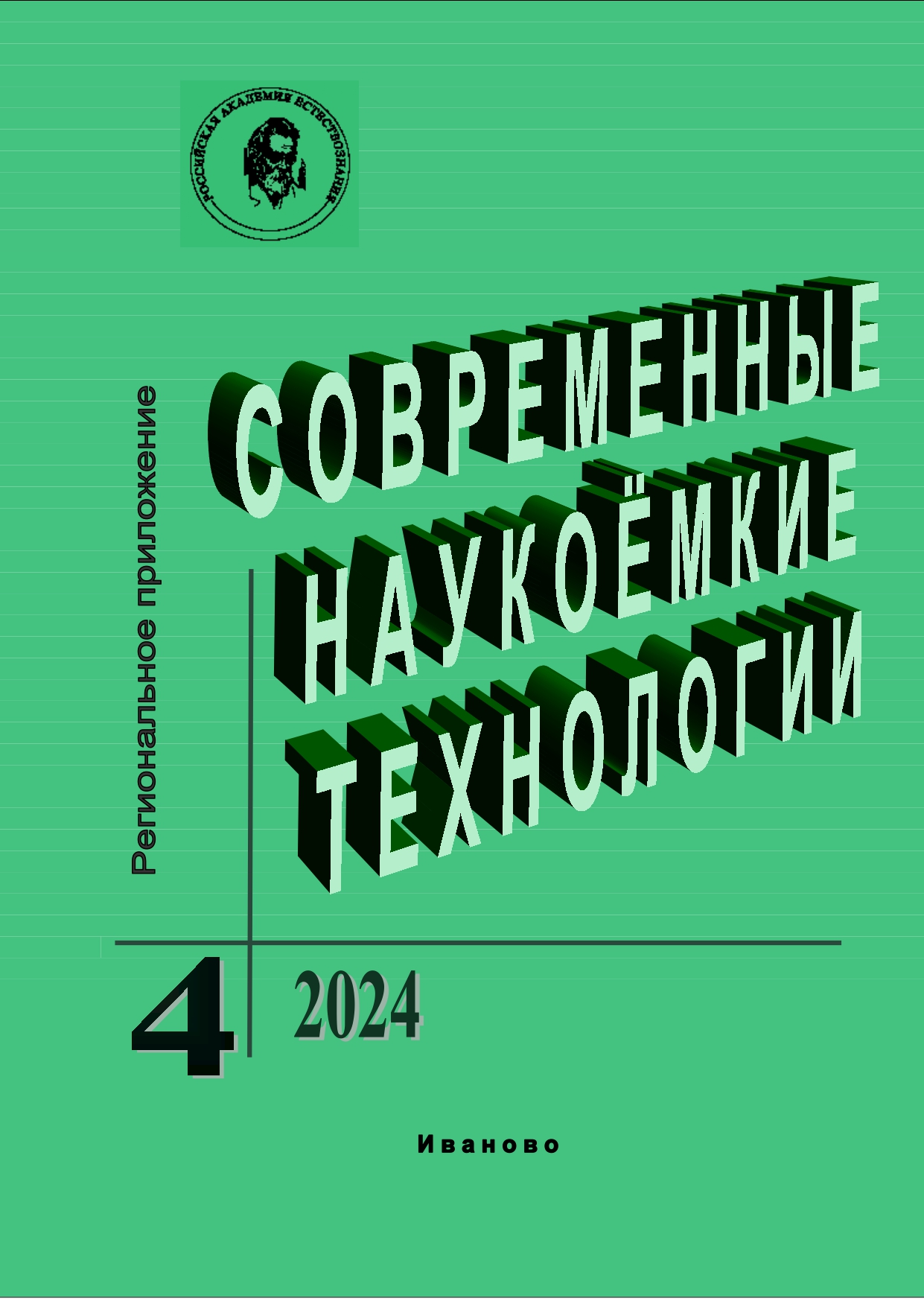THE POTENTIAL FOR REDUCING THE RISKS OF AN INNOVATIVE INVESTMENT PROJECT WITH A GATE MANAGEMENT SYSTEM
Abstract
The article presents an option to reduce the risks of an innovative investment project by taking measures for each stage of the gate project management system. A phased grouping of risks has been carried out, which makes it possible to assess them more effectively from the point of view of the likelihood of vulnerability of the project and possible damage. This creates conditions for effective risk management, ensuring the successful implementation of the project and minimizing potential threats. To identify a risk, it is not enough to identify only its sources, but also a quantitative assessment of their impact on an enterprise, project or other objects is necessary. The result of the presented calculations acts as a potential for reducing the quantified risk for the project. The application of this methodology to an enterprise allows an adequate assessment of external and internal risks and provides tangible competitive advantages.
References
Kleiner G.B. Enterprise in an unstable economic environment: risks, strategies, security G.B. Kleiner, B.JI. Tambovtsev R.M. Kachalov. M.: Economics. 1997. 286 p. Strunnikova S.E., Novikov V.A. Financial risk management in investment and innovative projects. Modern high technology. Regional application. 2023. N 2 (74). P. 40-48 Krui M. Fundamentals of risk management: a textbook . M. Krui, D. Galai, R. Mark; scientific ed. V.B. Minasyan. M. 2012. P. 100. Mamaeva L.N. Risk management: A textbook L.N. Mamaeva. M.: Dashkov and K, 2013. 256 p. Atamanov R.V. The nature and content of risks, their distinctive features. Economics and Management in the XXI century: development trends. 2014. N 19-2. https:// cyberleninka.ru Zatolokin I. A. Types of risks ANI: economics and management. 2013. N 3. https://cyberleninka.ru. Ploshkin, V.V. Risk assessment and management at enterprises: A textbook V.V. Ploshkin. St. Oskol: TNT. 2013. 448 p. Novikov A.I. Theory of decision-making and risk management in the financial and tax spheres: Textbook A.I. Novikov, T.I. Solodkaya. M.: Dashkov and K. 2013. 288 p. Shapkin A.S. Risk theory and modeling of risk situations textbook A.S. Shapkin, V.A. Shapkin. M.: Dashkov 2006. 880 p. 10. Mashkov D.M. A study of the categorical apparatus of industrial risks. Statistics and economics. 2013. N6. https:// cyberleninka.ru 11. Golovina T.A. Risk management methodology in conditions of economic uncertainty. Economic analysis: theory and practice. 2011. N. 27: https://cyberleninka.ru 12. Kozarenko D.O. Features of qualitative and quantitative methods for determining risks D.O. Kozarenko Problems and prospects of Russia's economic development: innovations, financing, production management: a collection of scientific papers. Yekaterinburg: UGTU-UPI. 2004. P. 289293. http://hdl.handle.net/10995/45933 13. Mathematical methods of risk assessment: guidelines for the implementation of practical work Yugo-Zapad. State University; sost S.A. Kuziev Kursk. 2018. 47 p. 14. Methods of professional risk assessment https://spmag.ru/ 15. Risk assessment methods: Business Impact Analysis (BIA) https://upravlenie-riskami.ru/ 16. Risk culture, Risk Management and Balanced Incentives https://www.ifc.org/wps/wcm/connect 17. Patrick Viguery, Jane Kirkland, Hugh Courtney. Strategy under uncertainty Bulletin of MSKinsey. Theory and Practice of Management. N 1 (2002) http://vestnikmckinsey.ru 18. Risk Management Guidelines PARTAD Committee on Internal Control, Internal Audit and Risk Management https:// docs.yandex.ru














